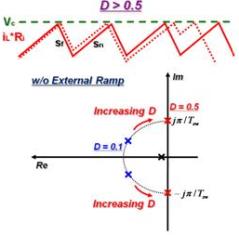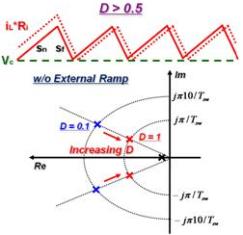
Fig. 1. Modeling Strategy: Describing Function.
Constant on-time current mode control architectures have been widely used in the power converters. Accurate models for current mode control were developed through discrete time and sample-data analysis, but they were too complicated to be used easily. A combination model was introduced by R. Ridley, which successfully provided both the correctness of sample-data model and the simplicity of three-terminal switch model. However, sample-data model can only be used in the case of constant frequency modulation including peak current mode control and valley current mode control, so it is incorrect for R. Ridley to extend the his model which is based on sample-data model to the case of variable frequency modulation including constant on-time control and constant off-time control. At present, there is no available model can accurately predict the response of constant on-time current mode control.
CPES proposed a model for constant on-time control based on the describing function concept. This model explains why there is no sub-harmonic oscillation in the constant on-time current loop. It is also shown that proposed modeling method can be easily extended to other current mode control.

Fig. 2. Peak Current Mode Control.

Fig. 3. Constant On-time Control.

























































































